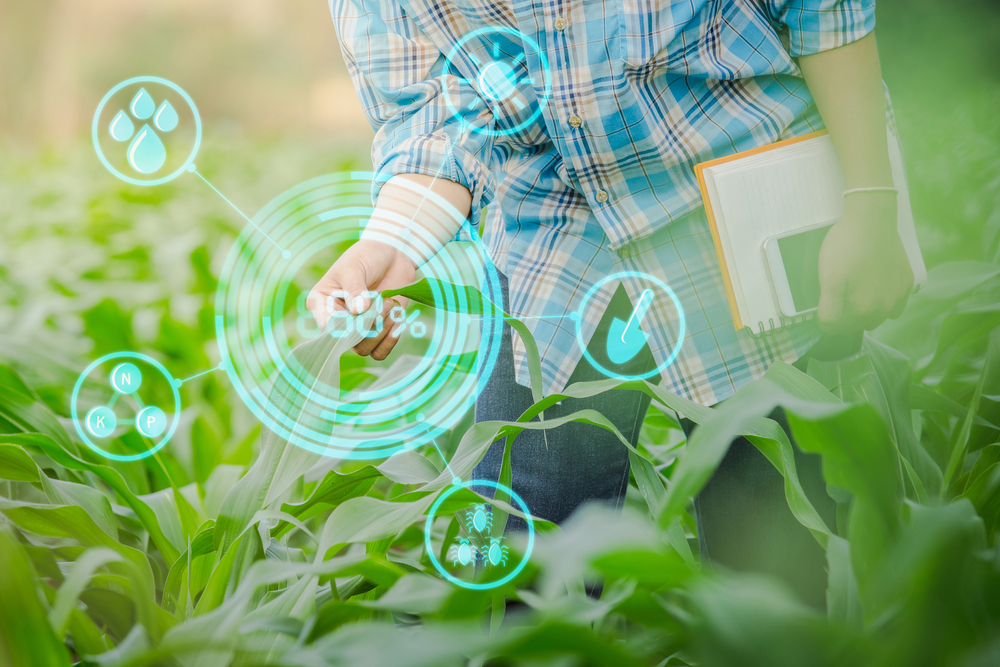Agriculture is a growing industry, and therefore, it has a smaller margin reserved for error. There is an increased demand for precise farming in order to keep up with the economy’s needs. In a fast-paced society, even our food and commodities can’t afford to be inexact.
What is precision agriculture?
Precision agriculture can be understood as the factors that make the farming process more accurate and controlled. Information technology is the driving force behind precision agriculture. Just as the development of the computer made calculating more efficient and precise, new technology is being developed every day to refine farming accuracy.
The first wave of precision agriculture came about in the 1990s, with the invention of GPS-guided tractors. Machine manufacturers began using satellite technology to locate exact coordinates on the field to eliminate steering errors, and ultimately, to eliminate wasted seed, fertilizer, fuel and time.
How does technology drive precise decision-making in agriculture?
From soil sampling to variable rates and remote sensing, technology permeates the process of farming and provides clarity and speed. Much like a microscope allows a scientist to see the atomic components of a cell that would otherwise be invisible to the human eye, technology allows farmers to function with an acute sense of sight. Decisions are based on more detailed information and can then be more exact.
By extracting more information from the elements of farming, decisions can be made based on fact, rather than estimation. Technology is the bridge between human estimation and scientific fact.
Why do we need it?
The world is experiencing population growth, which means that food and commodities are a rising need. Without technology, the farming industry simply cannot keep up with the demands of a growing population. As the world changes, it is increasingly more important to be responsible with the resources that we farm, so that both our people and our planet are cared for.

